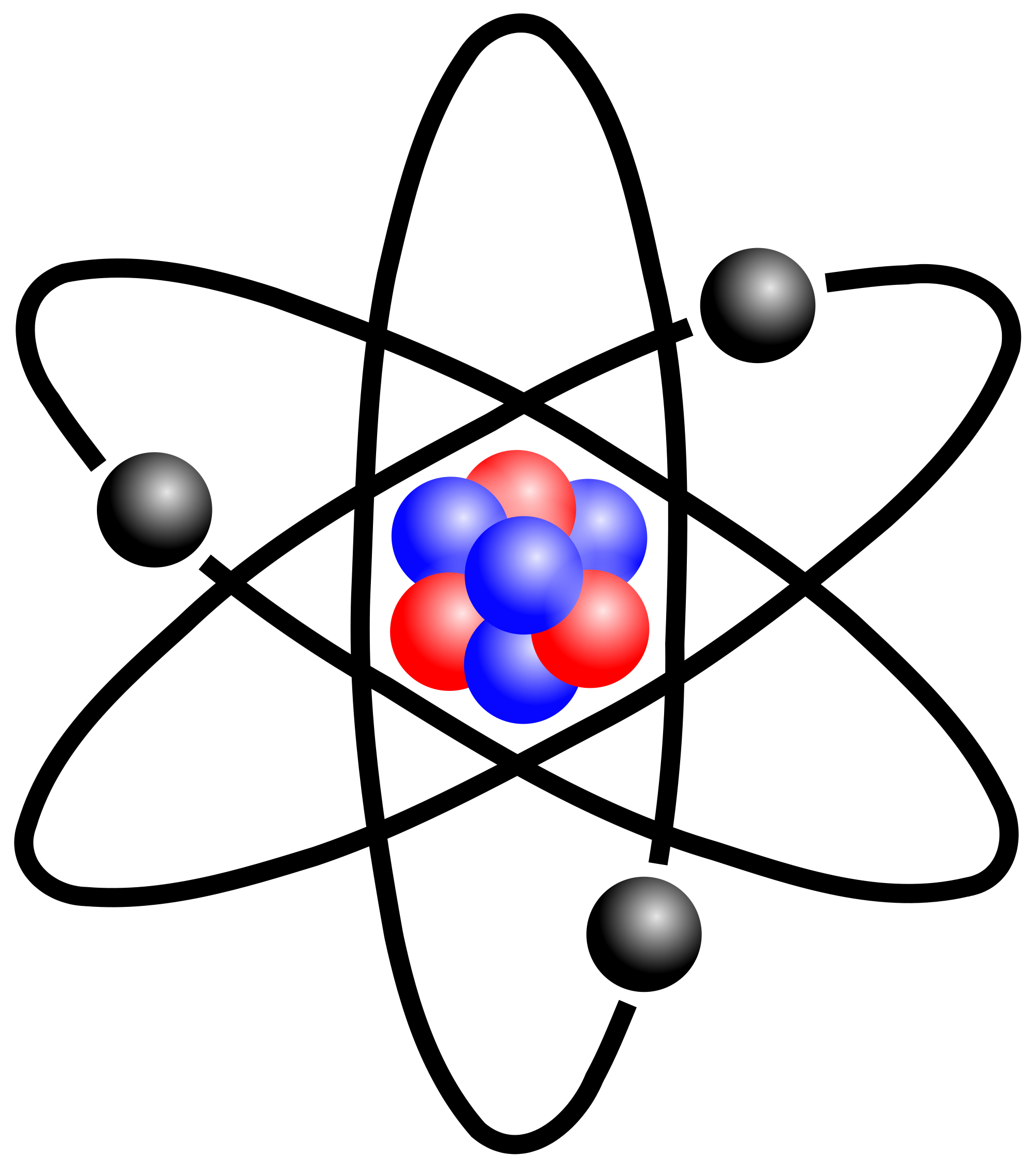

If the wire is sharp enough at its tip, it will be able to tell which atom the electron comes from.īy moving this sharpened wire tip across a flat surface, electrons may be received from all of the objects present. Electrons travel differently than photons, so instead of a lens, a wire with an extremely sharpened end is used to pull these electrons through to equipment that can detect them. Traditional cameras have a lens that lets the photons through for the camera to detect. Since the particle being used to see with is now different, the “camera“ will need to be different as well. So instead of seeing with photons, like a normal camera, atoms are seen with electrons. Even if two objects are incredibly close, such as two neighboring atoms, it is possible to detect which electron came from which atom. What’s useful is that these electrons don’t suffer the same problem the photons do. If two objects are brought close enough to each other, under the right conditions electrons from one object are transferred to the other.
:max_bytes(150000):strip_icc()/Atom-58e4f7173df78c51626061cc.jpg)
In order to get images of atoms, these photons need to be replaced with another particle better suited to take these tiny pictures. Atoms are simply too small to use photons to take a photograph of. If a photon bounced off of one of them, it would be impossible for a camera to be able to tell which exact atom the photon bounced from. Two atoms sitting next to each other are too close together to be able to tell apart with photons. Most things “see” by detecting these bouncing photons, which is why both you and your phone have a hard time seeing anything at all when the lights are off.īut what if you want to photograph something much smaller than your dog? What if you want to take a picture of an atom? While microscopes may be used to help see smaller objects, photons have their limits. Your eyes work similarly, taking in all the light particles, known as photons, that are scattering off of objects in the world. Light comes down from the sun, bounces off the dog, and into your camera lens, allowing you to take the photo. However, Mueller hopes that with advancements in computer and detector technology we could implement this more often in the future.You’re lining up your phone to take a picture of your dog. Researchers conclude that as of now even though the process is revolutionary, it’s quite time-consuming and computationally demanding. Why wouldn't you want to take off the old glasses, put on the new ones, and use them all the time?” And now we actually have a really good pair. Until now, we've all been wearing really bad glasses. He further added, “We want to apply this to everything we do. With these new algorithms, we're now able to correct for all the blurring of our microscope to the point that the largest blurring factor we have left is the fact that the atoms themselves are wobbling.”Īlso Read: NASA Created Fifth State Of Matter Inside The International Space Station This resulted in an image with precision at the level of one picometre - one trillionth of a metre.Īlso Read: New Hydrogen Atom-Based Storage Technology Lets You Fit 138TB On A Fingernail-Sized Chipĭavid Muller of New York's Cornell University explains, “By seeing how the pattern changes, we are able to compute the shape of the object that caused the pattern. The new pixel array detector, loaded with more advanced 3D construction algorithms boosted the improvement by a factor of two. However, the previous iteration was limited to image only ultrathin samples that were only a few atoms thick.

This breakthrough in the imagery breaks their own record which was set in 2018 where they used a new detector to triple the resolution of an electron microscope.

The method that the team used to capture this imagery is called ptychography in which a beam (in this instance, made of electrons) is repeatedly fired through an object of interest, from different positions and angles each time.īy comparing the different patterns formed by the scattered beam, an algorithm reconstructs the target object with immense precision. The photograph is an electron ptychographic reconstruction of a praseodymium orthoscandate crystal which has been zoomed in 100 million times. Researchers at Cornell University have broken their own record for capturing the highest resolution image of an individual atom ever captured, creating an image that’s actually zoomed in 100 million times.Īlso Read: This Is What An Exploding Atom Looks Like, When It Burns And Reveals Its Innermost Secrets


 0 kommentar(er)
0 kommentar(er)
